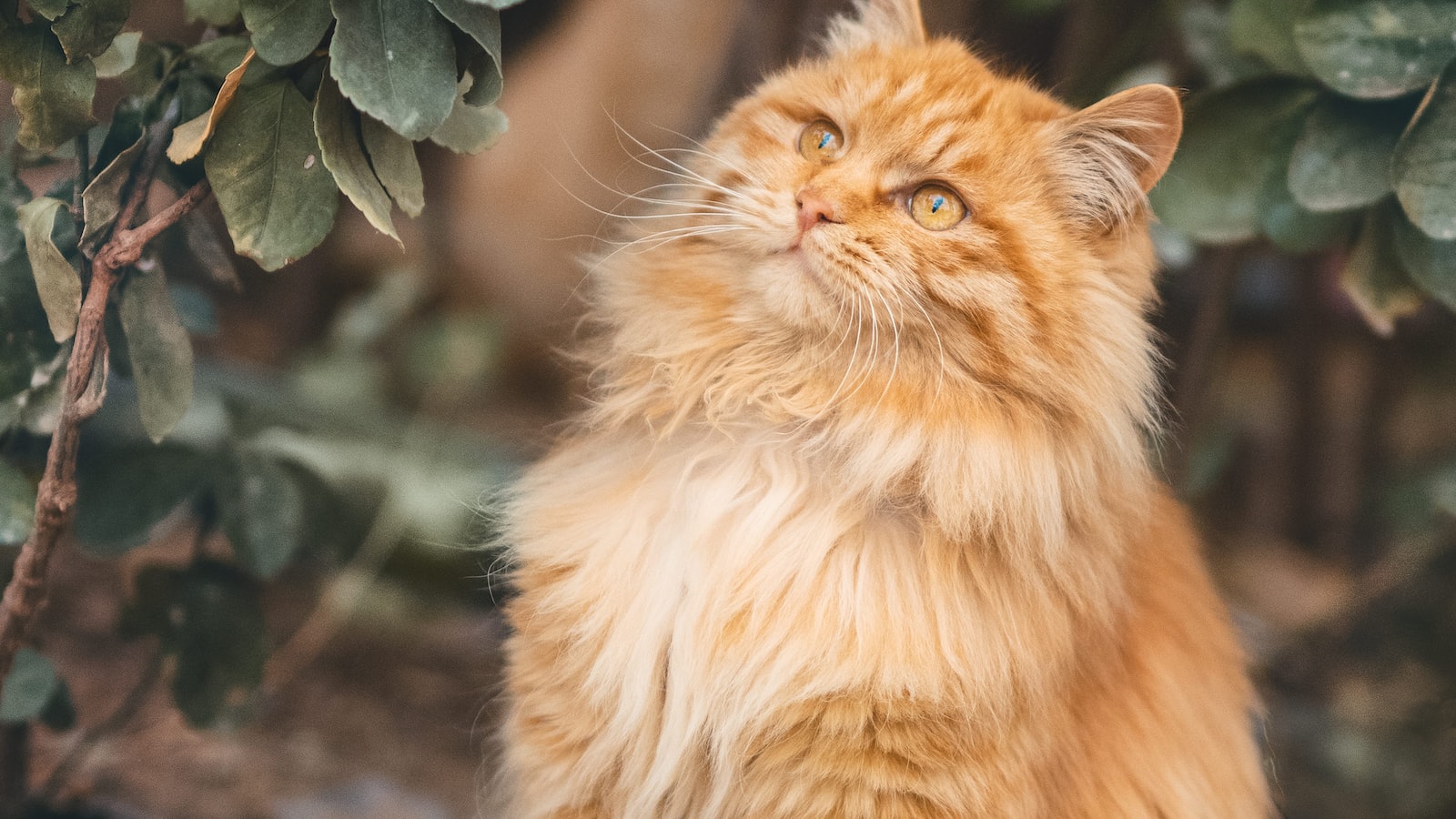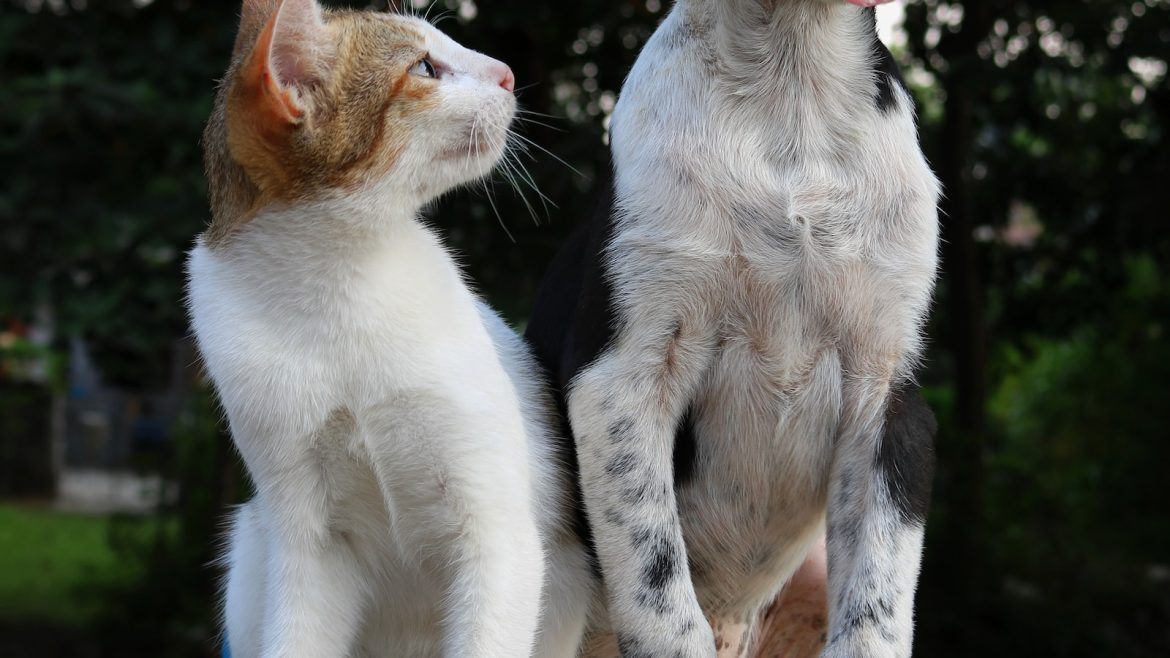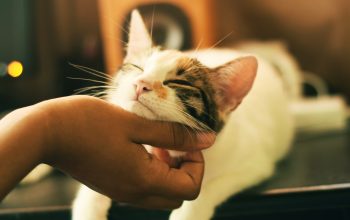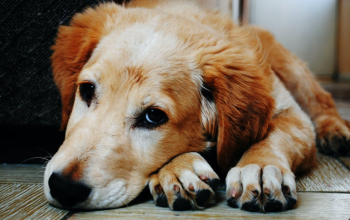Imagine this: you walk into your cozy living room, ready to relax after a long day. As you settle into your favorite armchair, you spot it. A small, cylindrical object, resembling a tiny fur missile, lying innocently on your pristine carpet. You already know what it is – a dreaded hairball. Ah, the joys of living with a feline companion! If you’re a proud cat owner who has found yourself knee-deep in hairball-related chaos, fear not! In this article, we will delve into the world of coping with cat hairballs, uncovering preventative measures and effective management strategies. So grab your lint roller, put on your detective hat, and let’s embark on a journey to conquer those pesky hairball issues once and for all.
Understanding the Causes of Hairballs in Cats
As cat owners, we have all experienced the joys of finding hairballs scattered around our homes or having our beloved feline friends make strange gagging sounds as they try to expel these unpleasant surprises. Hairballs are a common occurrence in cats and can be a result of various factors.
Heredity: Some cats are simply more prone to developing hairballs due to their genetic makeup. Certain breeds with longer, thicker coats like Persians and Maine Coons tend to have a higher likelihood of hairball formation. This can be attributed to their coat’s ability to trap and retain loose hair, leading to increased ingestion.
Grooming Habits: Cats, renowned for their fastidious grooming rituals, use their tongues to clean themselves. During this process, they inadvertently ingest loose hair from their coat, giving rise to hairballs. Cats with excessive grooming tendencies may be more susceptible to developing hairballs compared to those who groom themselves in a more moderate manner.
Diet: Poor nutrition and an unhealthy diet lacking in sufficient fiber can contribute to hairball issues. When cats consume an inadequate amount of fiber, it affects their digestion and weakens their natural ability to eliminate hair through the intestinal tract. Consequently, the hair tends to get accumulated in their stomach, forming hairballs.
Seasonal Shedding: Cats tend to shed more during certain seasons, particularly spring and autumn. With increased shedding, the likelihood of hairballs escalates as cats tend to ingest larger amounts of loose hair while grooming themselves. It’s crucial to pay extra attention to grooming your cat and facilitating the removal of excess hair during these shedding periods.

Effective Ways to Prevent Hairballs in Your Cat
Understanding how to keep your feline friend free from those pesky hairballs is essential for their well-being. Here are some effective techniques you can incorporate into your cat’s routine to minimize hairball issues and help them maintain a healthy coat:
- Regular grooming: Brushing your cat’s fur daily helps remove loose hair, reducing the amount they ingest while grooming themselves. Opt for brushes specifically designed to reduce shedding and be gentle to avoid any discomfort for your furry companion.
- Dietary modifications: Ensure your cat’s diet includes high-quality, hairball control cat food that contains natural fibers, like psyllium husk, which aids in hairball elimination. Consulting with a veterinarian will help you choose the best diet for your cat’s specific needs.
- Increased hydration: Encourage your cat to drink more water to promote healthy digestion and reduce the likelihood of hairballs. Consider providing a water fountain or placing water bowls in multiple areas of your home to entice them.
It’s important to note that even with these preventive measures, occasional hairballs may still occur. However, by implementing these practices into your cat’s life, you can significantly reduce their frequency, ensuring your beloved pet remains happy, healthy, and hairball-free!
Simple Tips for Managing Hairball Issues in Cats
Brush Regularly: One of the most effective ways to manage hairball issues in cats is by brushing them regularly. This helps to remove loose and dead hair from their coat before they have a chance to ingest it. Invest in a good quality cat brush with soft bristles to make the brushing experience enjoyable for your furry friend. While brushing, pay special attention to the areas where your cat tends to shed the most hair, such as their back and belly.
Provide a Balanced Diet: Another tip for managing hairball issues is by ensuring your cat is on a balanced diet. Feed them high-quality cat food that is specially formulated to promote good digestion and reduce the formation of hairballs. Look for brands that contain a healthy balance of fiber, as this aids in the passage of hair through the digestive system. Additionally, consider adding a hairball control supplement to their diet, which helps to prevent the accumulation of hair in their stomach.
Combating Cat Hairballs: Natural Remedies and Professional Solutions
Overview of Cat Hairballs
Dealing with cat hairballs can be a frustrating challenge for many pet owners. These tangled masses of fur can cause discomfort and digestive issues for our feline companions. If you are tired of finding hairballs scattered around your home, fret not! There are numerous natural remedies and professional solutions available to help combat this hairy predicament.
Natural Remedies for Hairball Relief
If you prefer a more holistic approach to resolving your cat’s hairball woes, there are several natural remedies you can try:
- Malt-based Hairball Treats: These treats contain natural enzymes that help break down hairballs and promote their passage through your cat’s digestive system.
- Add Fiber to their Diet: Increasing your cat’s fiber intake can aid in hairball prevention. Consult your veterinarian for appropriate supplements or high-fiber food recommendations.
- Frequent Grooming: Regular brushing not only helps remove loose fur but also prevents excessive shedding, reducing the likelihood of hairballs. Plus, it’s a great bonding activity!
Professional Solutions for Hairball Control
In some cases, natural remedies might not provide the desired results. Don’t worry; professional solutions are available to help combat stubborn hairballs:
- Hairball-formulated Cat Food: Specialized cat foods designed to combat hairballs are available commercially. These formulas are enriched with ingredients that facilitate hairball elimination.
- Regular Veterinary Check-ups: Schedule regular visits to your vet to ensure your cat’s overall health. They can recommend professional-grade hairball treatments or even offer in-depth grooming options.
- Non-Prescription Hairball Medication: Over-the-counter hairball medications assist in lubricating your cat’s digestive tract, promoting the easy passage of hairballs.
Remember, prevention is key when it comes to managing hairballs. By implementing these natural remedies and seeking professional guidance, you’ll be well-equipped to combat cat hairballs and keep your furry friend happy and healthy!
Future Outlook
In conclusion, while cat hairballs may leave us feeling a little less enthralled by our feline companions, it is important to remember that these regurgitated surprises are simply a part of the package. As devoted cat parents, we must take the necessary steps to prevent and manage hairball issues, ensuring a harmonious coexistence with our furry friends.
By implementing a few lifestyle changes and incorporating some practical tips, we can significantly reduce the frequency and severity of hairballs. From grooming techniques to dietary adjustments, understanding and catering to our cat’s unique needs can make all the difference. And who knows, maybe we’ll even discover some newfound bonding moments along the way.
Remember, prevention is key. Regular brushing, ideally on a daily basis, not only promotes a pristine appearance but also eliminates excess fur that would otherwise find its way into those pesky hairballs. If your fluffy feline isn’t a fan of grooming sessions, be patient and gentle, gradually introducing them to the process. Positive reinforcement always goes a long way.
Nicely balancing your cat’s diet can also be a game-changer. Opt for high-quality cat food that’s rich in fiber, assisting the natural passage of swallowed fur through the digestive system. Consult with your veterinarian to find the most suitable dietary options for your precious ball of fluff. And remember, hydration is crucial! Provide plenty of fresh water to aid in digestion and diminish the likelihood of hairballs.
When it comes to managing hairball issues, a proactive approach is key. Keep an eye out for any signs of distress or discomfort in your cat, such as repeated gagging or vomiting. If you notice that hairballs are occurring excessively or if they suddenly change in appearance, it’s always wise to seek veterinary advice. Professional guidance can help rule out any underlying health conditions and determine the most effective course of action.
Ultimately, coping with cat hairballs is a shared responsibility. Our feline friends rely on us to keep their well-being in check, and by implementing these preventative measures, we can ensure a happier, healthier environment for both our cats and ourselves.
So, let us embrace the quirks and occasional messiness that comes with owning a cat with grace and understanding. Through a little extra care, laughter, and perhaps the occasional antic to distract us from the occasional unsightly encounter, we can preserve the unbreakable bond between humans and their fuzzy companions.
Hairballs in cats are a common problem that can cause frustration and stress for pet owners and cats alike. It is important to understand the causes of hairballs and how to prevent them in order to ensure your cat’s good health.
Hairballs occur when cats groom themselves and swallow their own fur. The fur accumulates in the stomach and forms a ball. The ball can then be vomited up or pass through the intestines. Hairballs can cause discomfort and potentially lead to more serious health issues for cats if left unmanaged.
The most effective way to reduce the occurrence of hairballs is to brush your cat regularly. This removes the dead hair from the fur, reducing the amount that is ingested. Brushing also helps to distribute the natural oils in your cat’s coat and helps promote healthy skin and fur.
You should also provide plenty of opportunities for your cat to exercise, as this helps to stimulate their digestive system, encouraging them to pass any ingested fur through their body. Playing games, providing perches and climbing posts, and encouraging outdoor activities are all great ways to increase your cat’s physical activity.
The next step is to feed your cat food that is formulated to reduce hairballs. These specially formulated foods contain extra fiber, which helps keep the digestive tract moving. Additionally, ingredients such as healthy oils can also help to keep the fur coat healthy and reduce the amount of ingested fur.
If your cat has been struggling with hairballs, you may also want to consider adding a hairball control supplement to their diet. These supplements provide additional fiber and omega fatty acids to help reduce the occurrence of hairballs and maintain a healthy digestive system.
Finally, it is always important to monitor your cat’s health and to seek veterinary advice if you notice any signs of discomfort or distress. Hairballs can cause serious health issues if left untreated, so it is essential to take precautionary measures to prevent them and to act promptly if your cat exhibits any symptoms related to hairball issues.
By following these tips, you can help to reduce the incidence of hairballs in your cat and promote their overall wellbeing. Taking the time to manage your cat’s hairball issues can help to keep them happy and healthy for many years to come.





